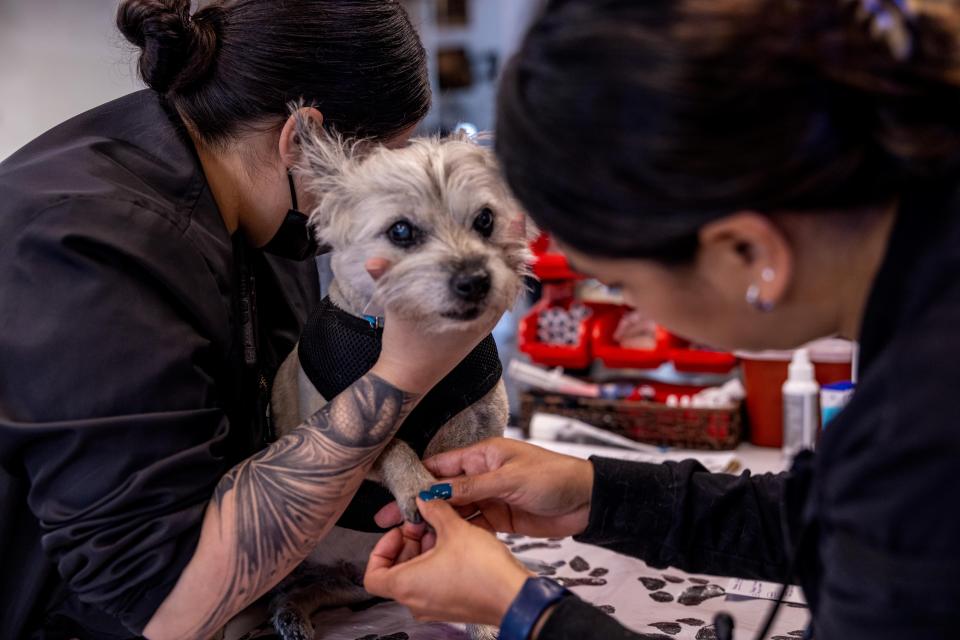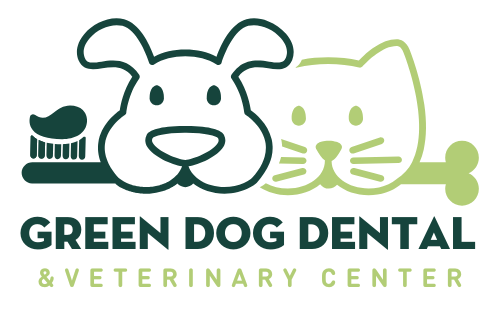
Dog Hygiene Guidelines
Importance of Good Dog Hygiene
Maintaining a good hygiene regimen is critical for your dog's health and well-being. A clean dog is less susceptible to skin issues, fleas, and other health problems. The frequency and type of grooming needed varies with breed.
Basic Grooming Needs
- Bathing: Bathe your dog every 6-8 weeks or as needed based on breed and activity level.
- Brushing: The frequency varies by breed, ranging from weekly to every couple of days.
- Nail Trimming: Essential for preventing overgrown nails that could lead to infections.
Dental Care
Oral hygiene is crucial for preventing dental diseases. Aim for brushing your dog's teeth at least three times a week using enzymatic toothpaste.
Choosing the Right Products
Opt for mild, hypoallergenic bathing products to avoid skin irritations. Be cautious to avoid getting shampoo in your dog's eyes.
Sanitary Habits
Regularly clean your dog's bed, bowls, collar, leash, and toys to prevent the buildup of bacteria and odors.
Signs of Poor Hygiene
Look out for itchy skin, hair loss, red flakes, and other signs indicating skin problems. Flea droppings, resembling black coffee grounds, are another red flag.
Veterinarian Support
Veterinarians can assist with baths, nail trims, and ear cleanings. They can also diagnose and treat any underlying skin or dental issues.
Special Concerns
Teeth Brushing: Start as early as possible and make it a positive experience.
Sanitary Haircut: Necessary for keeping the rear end clean and preventing skin infections.
Nail Trimming: Essential for less active or sedentary dogs.
Anal Glands: Scooting or butt dragging could signal a problem with the anal glands, requiring vet attention.
